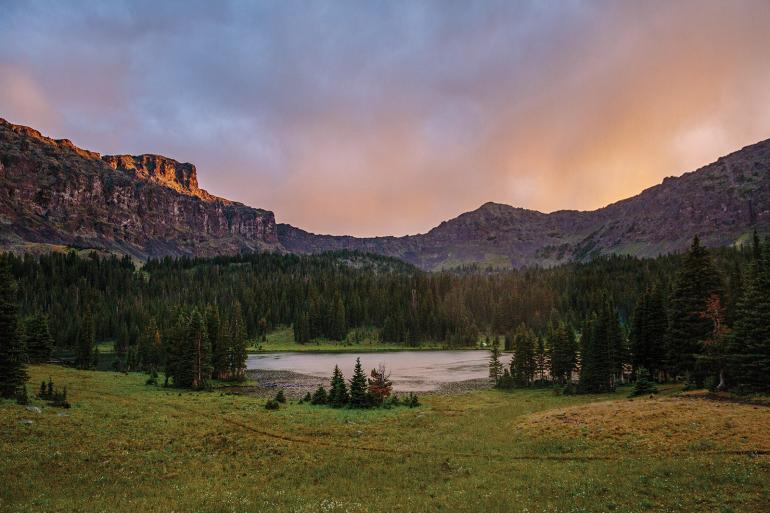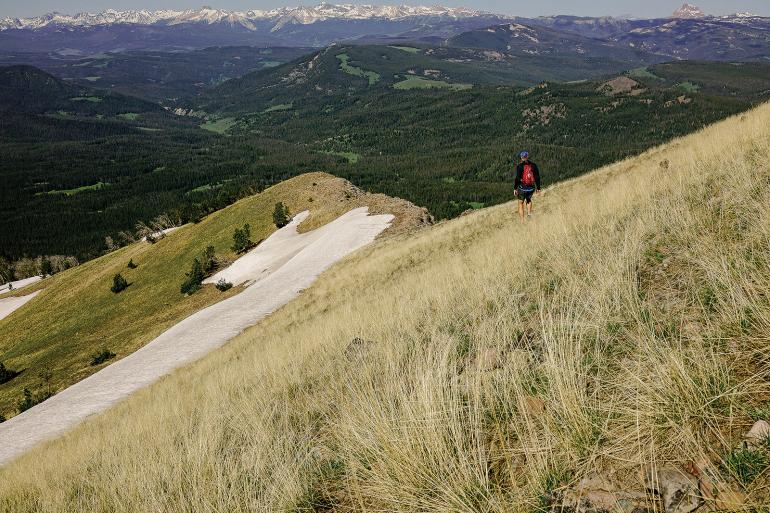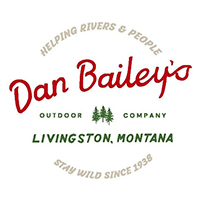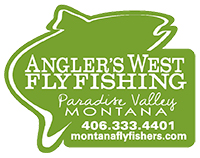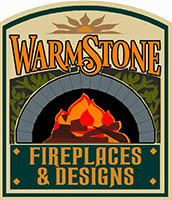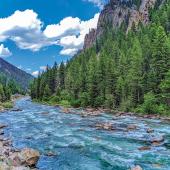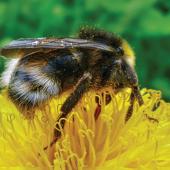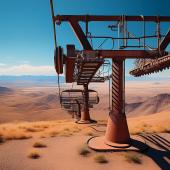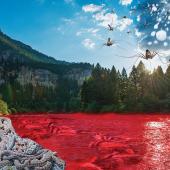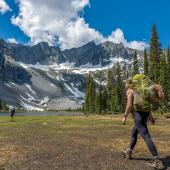Our Wild Back Yard
A conservation vision for the Gallatin and Madison ranges.
Sally Kelsey spends her days wrangling horses, guests, and two young children on the flanks of the Lee Metcalf Wilderness. As co-owner of Nine Quarter Circle Ranch in the Madison Range, both her business and family life are inextricably tied to her wild surroundings.
“Everyone’s backyard is special, but ours is really special,” she says. “You can wake up in the morning and by midafternoon be at 10,000 feet in some of the most beautiful wild country there is. Grizzlies, deer, black bears, elk, and moose wander through our back yard every day. My daughter sleeps with a stuffed moose, and then she wakes up and I can show her a moose out the window. I want her daughter to have that same experience in 30 years.”
She speaks of the Gallatin and Madison ranges, which encircle the ranch. Threaded with some of the region’s most popular rivers, streams, and trails, these mountains also provide essential habitat for the moose, deer, elk, bison, grizzly bears, and native trout that Kelsey loves.
The Gallatin Range runs for over 50 miles, from the Bozeman Pass into the northeast corner of Yellowstone Park. Home to ancient whitebark-pine forests and unbroken grasslands, the Gallatins are an integral piece of the vast, interconnected Greater Yellowstone Ecosystem (GYE)—one of the last intact temperate ecosystems in the world. As a vital corridor linking the GYE to the rest of the northern Rockies, the Gallatin Range—and the protections we secure, or fail to secure, for it—carries implications far beyond the range itself.
Despite crowded trailheads, severe drought, and historic flooding, the Gallatins still boast clear headwater streams, primordial forests, and lush meadows. This range, although relatively unknown compared to its iconic neighbors, inspires a resolute community of local advocates fighting for—and sometimes over—its preservation. “Bozeman is seeing so much growth, it’s crucial that we plan ahead,” Kelsey says. “The Gallatins are being loved to death.”
The Gallatin Forest Partnership (GFP)—a group of local conservationists, hunters, anglers, mountain bikers, horseback riders, guest ranchers, skiers, and paddlers—is taking action to protect the Gallatin and Madison Ranges.
The partnership, which includes the Wilderness Society, Greater Yellowstone Coalition, and Wild Montana, developed the Gallatin Forest Partnership Agreement—a community-driven, scientifically-sound plan that protects the best of what the Madison and Gallatin ranges offer. In the face of exploding recreation and development pressure, the call has never been more urgent.
“Our best chance to protect these places is now. If we keep these discussions going for 20 to 30 years, it might be too late,” Kelsey says.
“Kicking big decisions down the road won’t benefit these ranges, wildlife, or people. We’ve got a unique opportunity, and now is the time to act.”
The Gallatin Forest Partnership Agreement calls for protecting 250,000 acres across the two ranges. The goal is to provide continuous protections from Yellowstone to Bozeman, securing large-scale connected habitat for Greater Yellowstone’s wildlife.
The GFP proposes various protective designations that would prevent new development and mitigate recreation pressure. Trails within the Hyalite–Porcupine–Buffalo Horn Wilderness Study Area would be limited to what already exists, plus a single new connector trail already permitted by the Forest Service. Road construction would not be allowed anywhere within the Wilderness Study Area (WSA). These bold steps will keep the Gallatins’ core from being further fragmented by roads and trails.
The GFP agreement also prohibits logging in the proposed Gallatin Range Wilderness, Porcupine–Buffalo Horn Wildlife and Recreation Management Area, and Upper Hyalite Watershed Protection and Recreation Area. Instead, the agreement recommends prescribed fire to restore the natural, fire-resistant state that existed before colonization suppressed fire’s ecological role.
Additionally, the agreement calls for 102,000 acres of new Wilderness in the wild heart of the Gallatins. This Wilderness will protect diverse lower-elevation habitats in places like Big Creek, along with ridges and peaks. The agreement also proposes to expand the Madison Range’s Lee Metcalf Wilderness to include vital areas like Cowboy Heaven, a key wildlife corridor on the northwest side of the range.
“We need to make sure that the way we move forward reflects the fact that we’re not alone in this world. It’s not just about us.”
This would be a historic Wilderness addition, and parts of the WSA have long-established recreation uses that rule out Wilderness designation—for example, the Big Sky Snowmobile Trail, where people have snowmobiled for over 50 years in extraordinary wildlife habitat. To give up on protecting these landscapes because they can’t be designated Wilderness would be a tremendous loss. Under the GFP agreement, these places would become Wildlife and Recreation Management Areas (WRMAs), preserving existing access while preventing new development.
The people behind the partnership work hard and are responsible for innovative ideas, like WRMAs. Chris Nygren, president of Gallatin Valley Backcountry Horsemen, readily acknowledges the power of coalitions to achieve lasting results.
“Through the GFP, we have this opportunity and space to actually have a conversation, which isn’t normally how things are done in natural-resource decisions,” Nygren says, pausing to observe a bald eagle on his back fence. “Efforts like the GFP allow people to get outside of winner-take-all thinking. We need to make that the norm rather than the exception.”
In January 2022, the Forest Service released a forest plan for the Custer-Gallatin National Forest, which incorporates large parts of the Gallatin Forest Partnership Agreement. This milestone was the culmination of years of input from community members who live, work, and play in these mountains.
Yet in the long run, the only way to permanently protect the Gallatin and Madison ranges is through an act of Congress.
So, Sally Kelsey, Chris Nygren, and the Gallatin Forest Partnership will continue to doggedly advocate for the GFP’s proposal to be written into law. They urge everyone who loves the Gallatins to rally behind sound legislation that can permanently protect this remarkable range.
“We have the responsibility and obligation to preserve these areas for humans and wildlife,” Nygren says. “We live in nature and are surrounded by nature, and we need to make sure that the way we move forward reflects the fact that we’re not alone in this world. It’s not just about us.”


